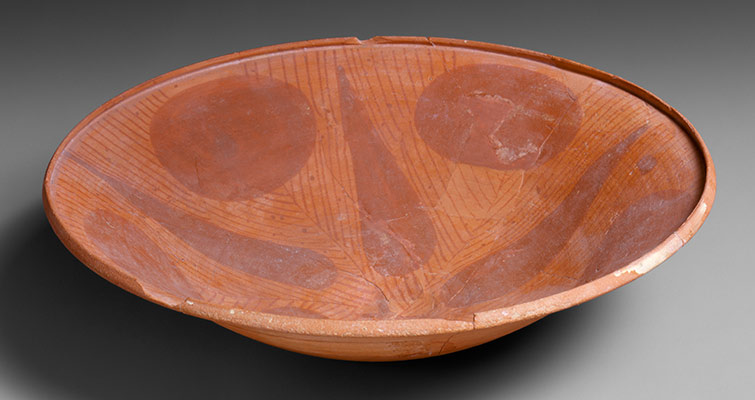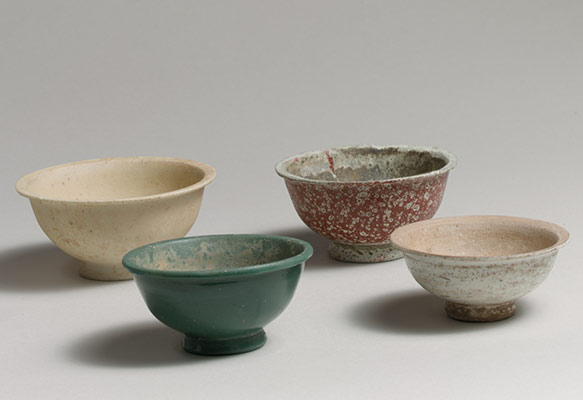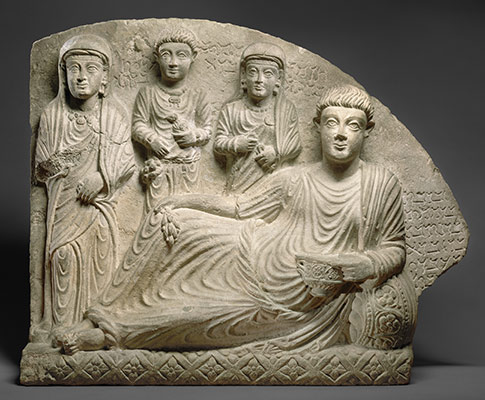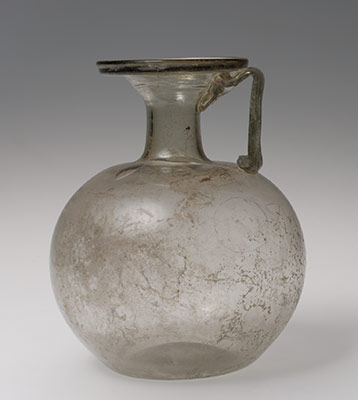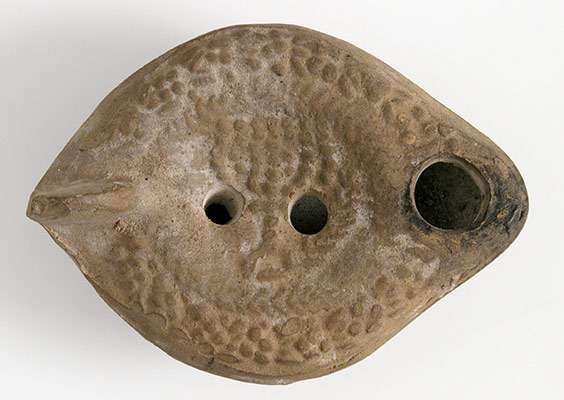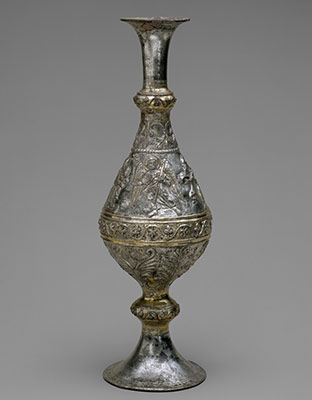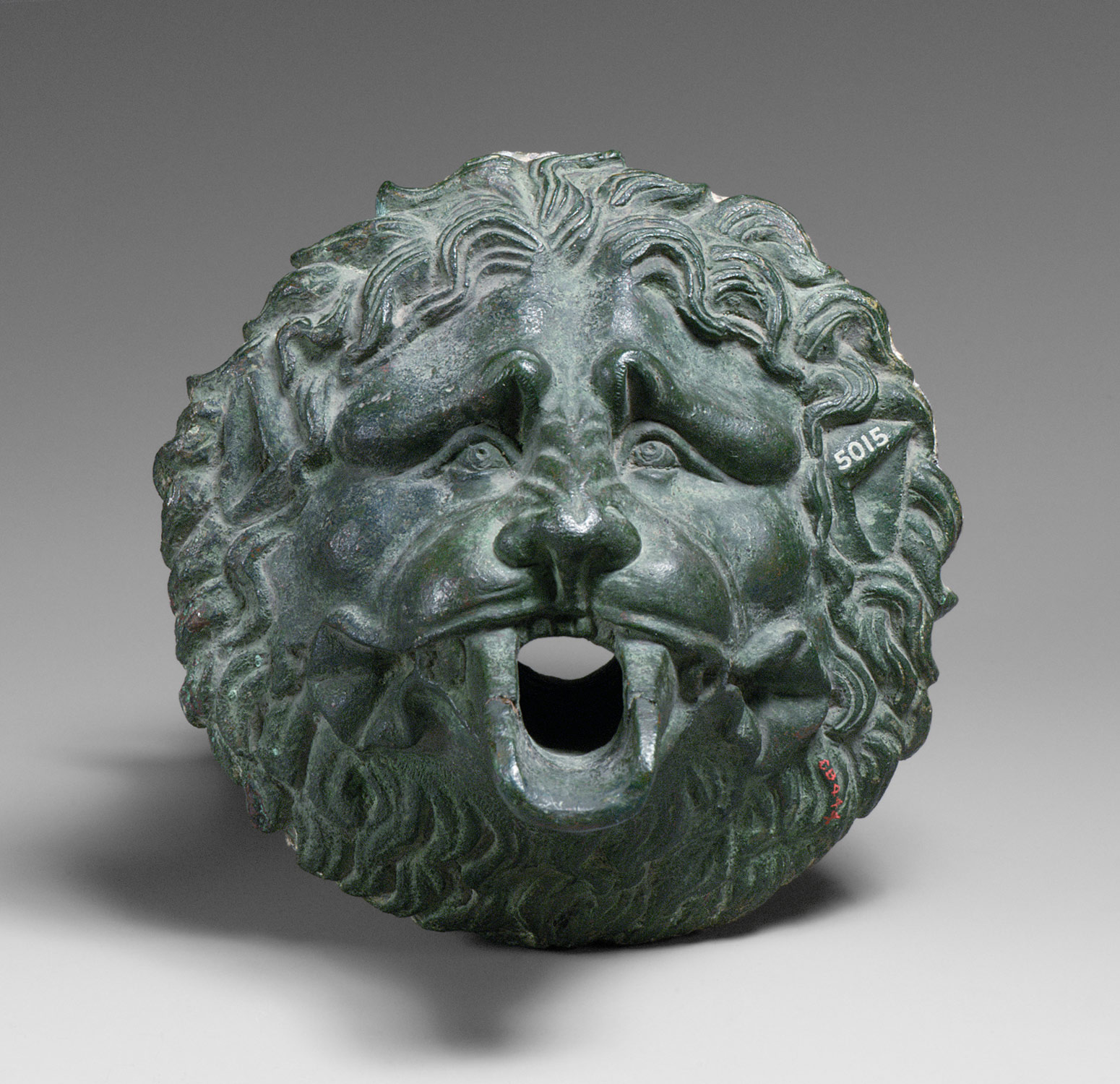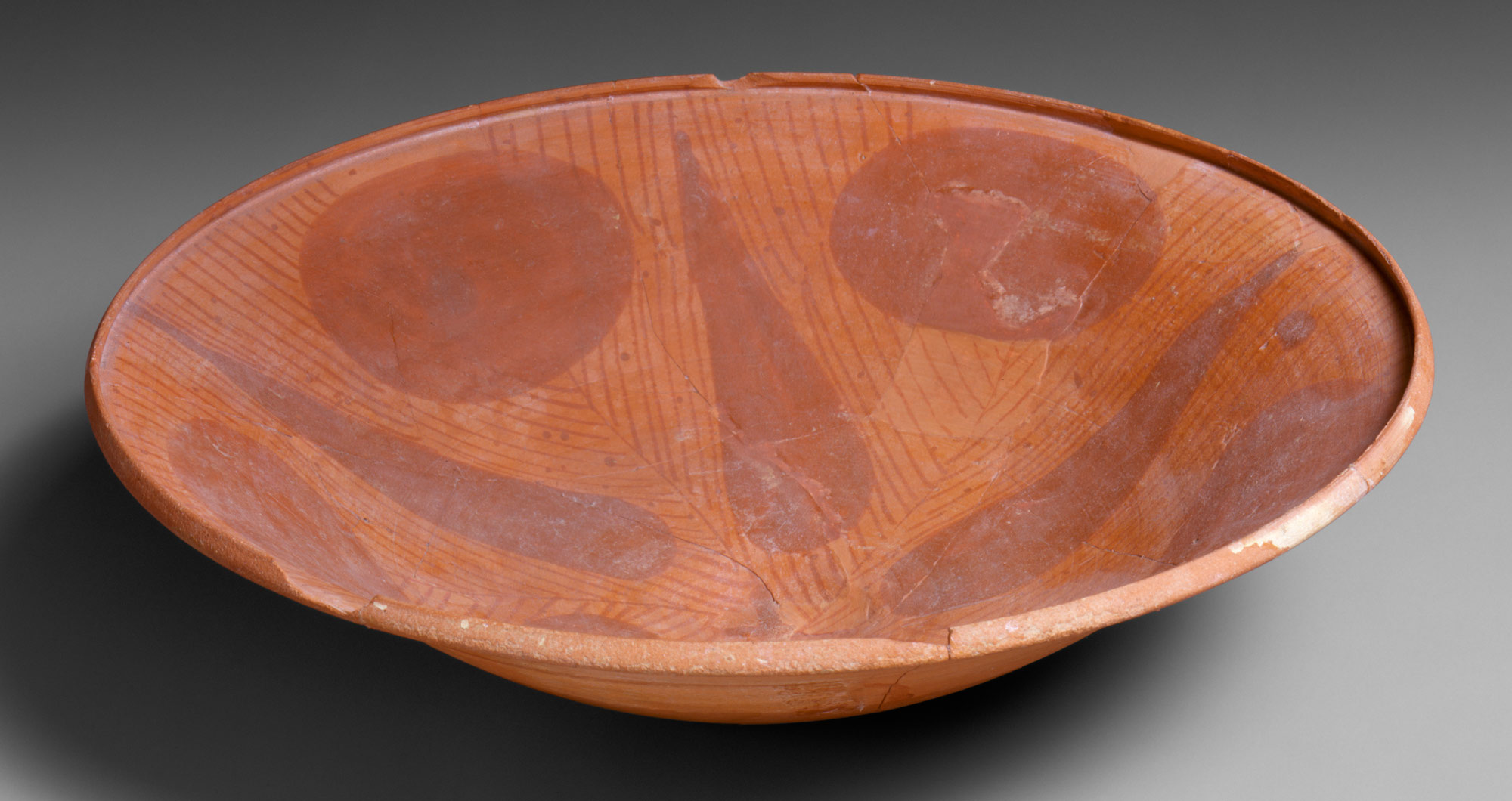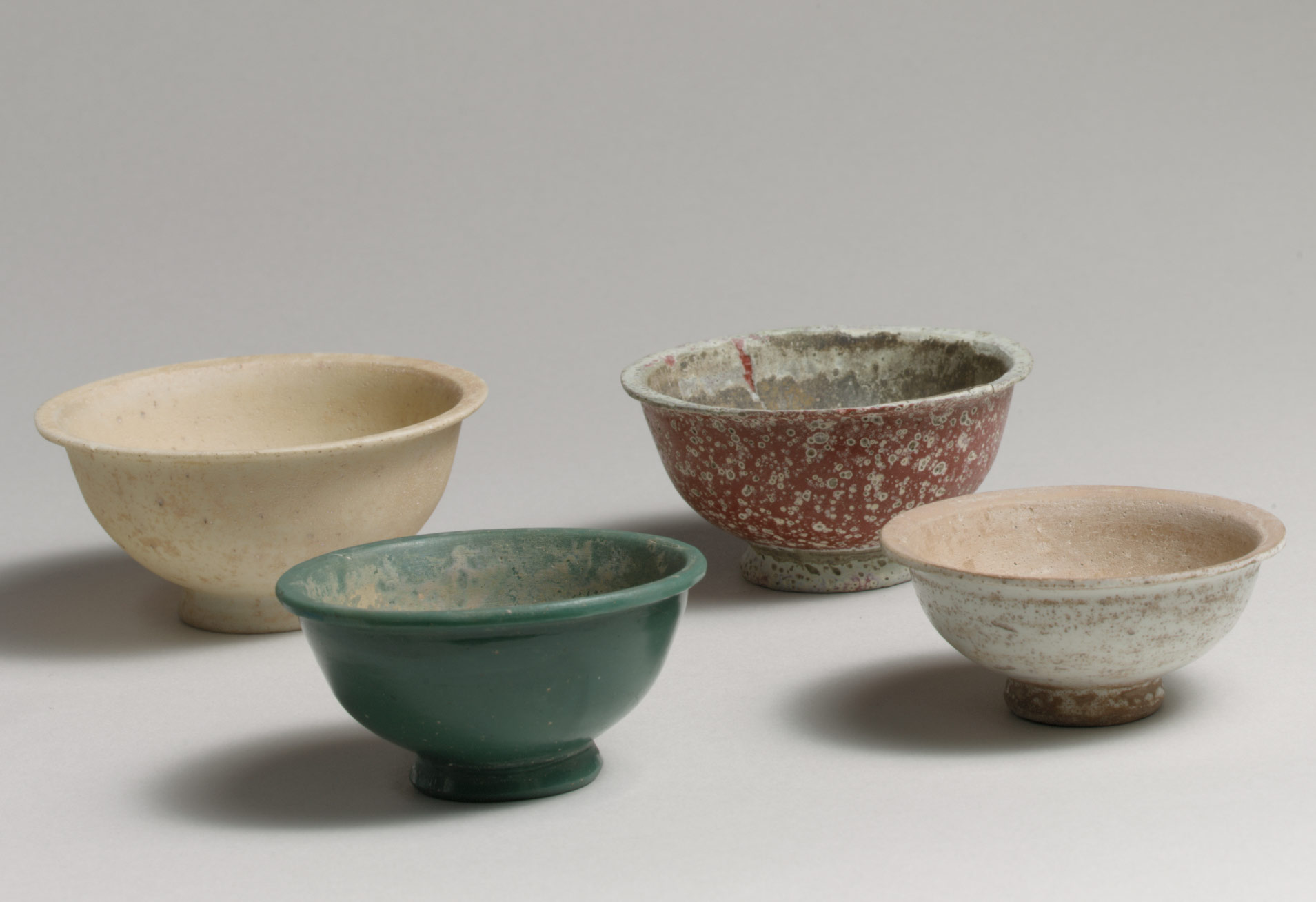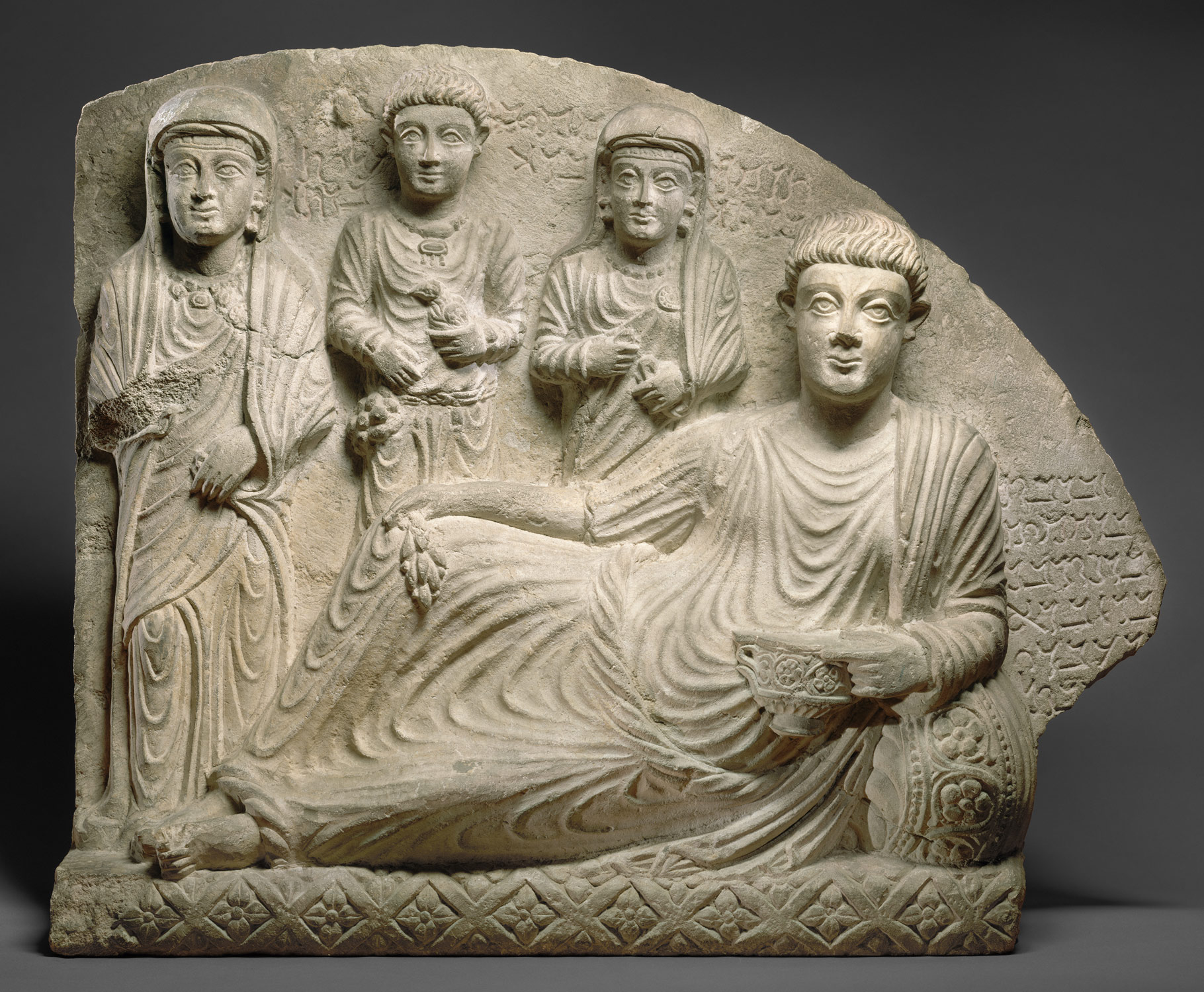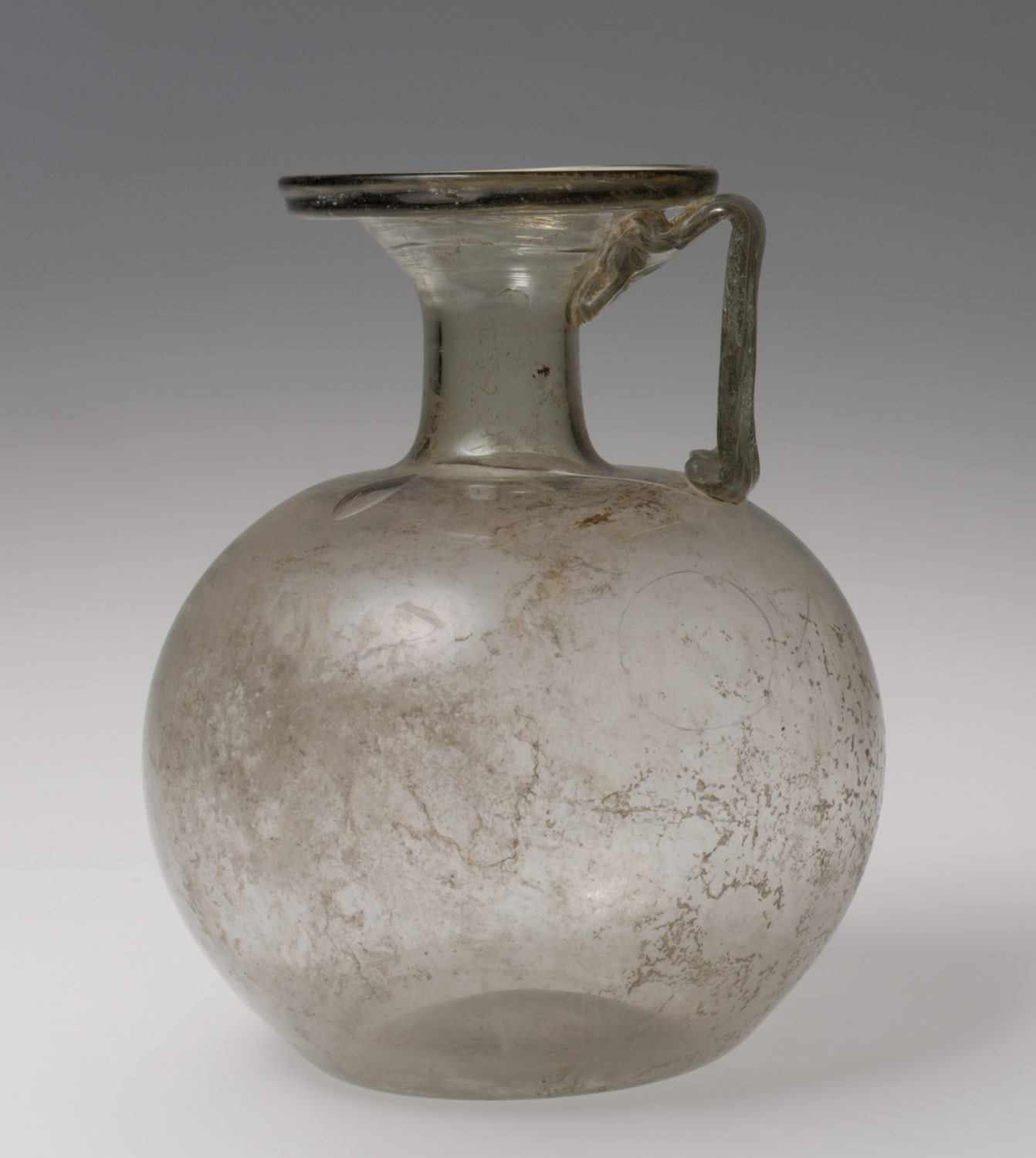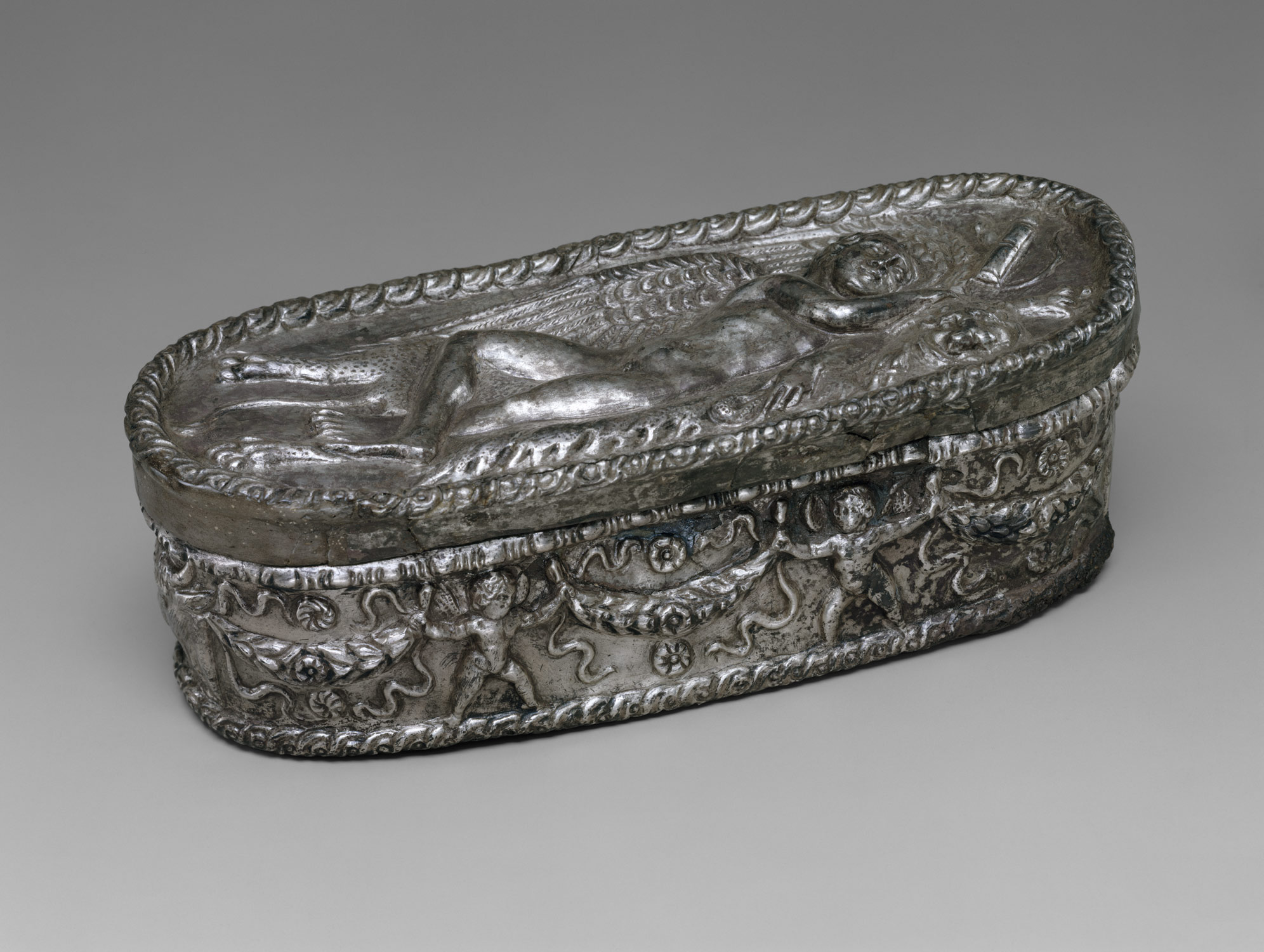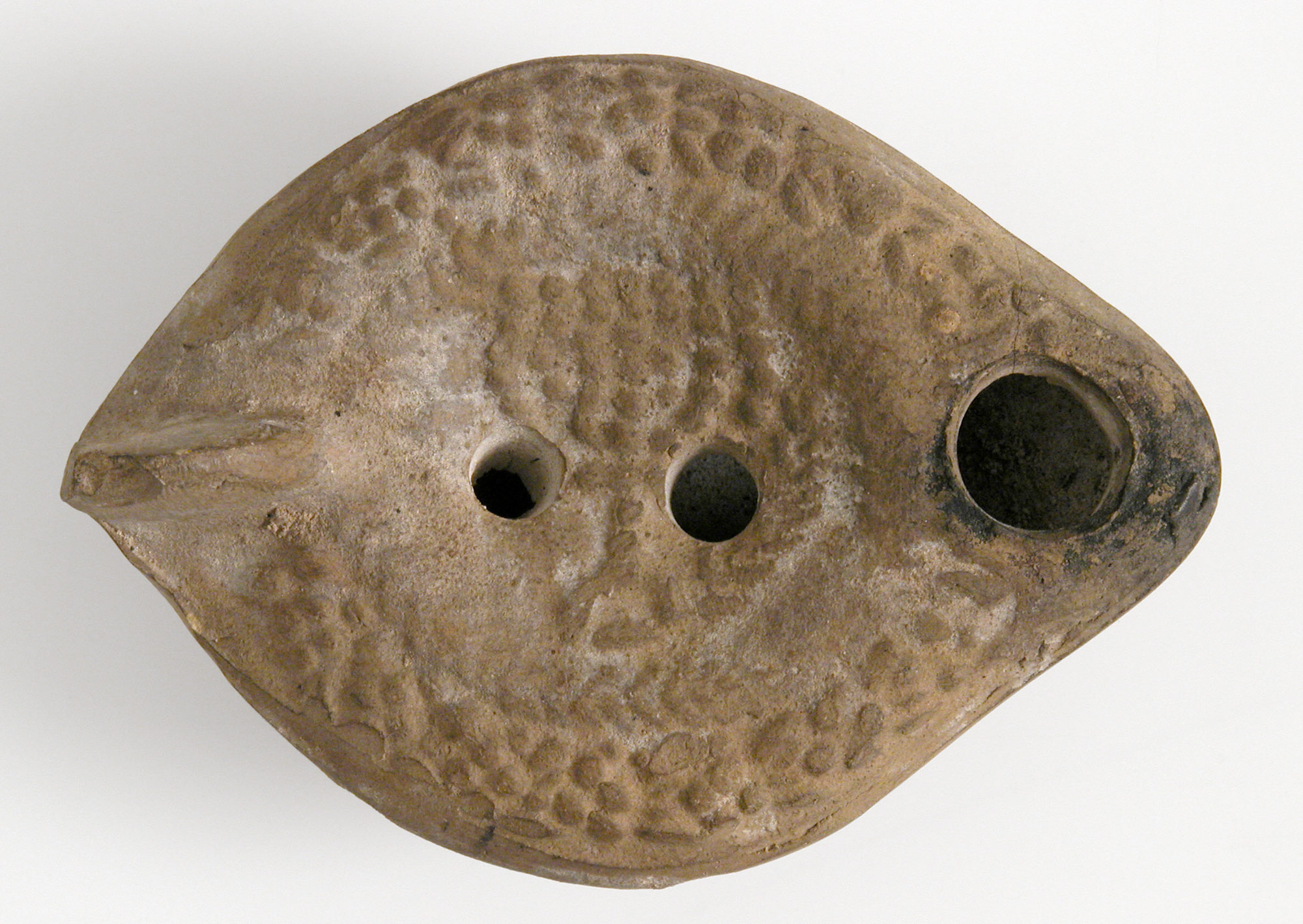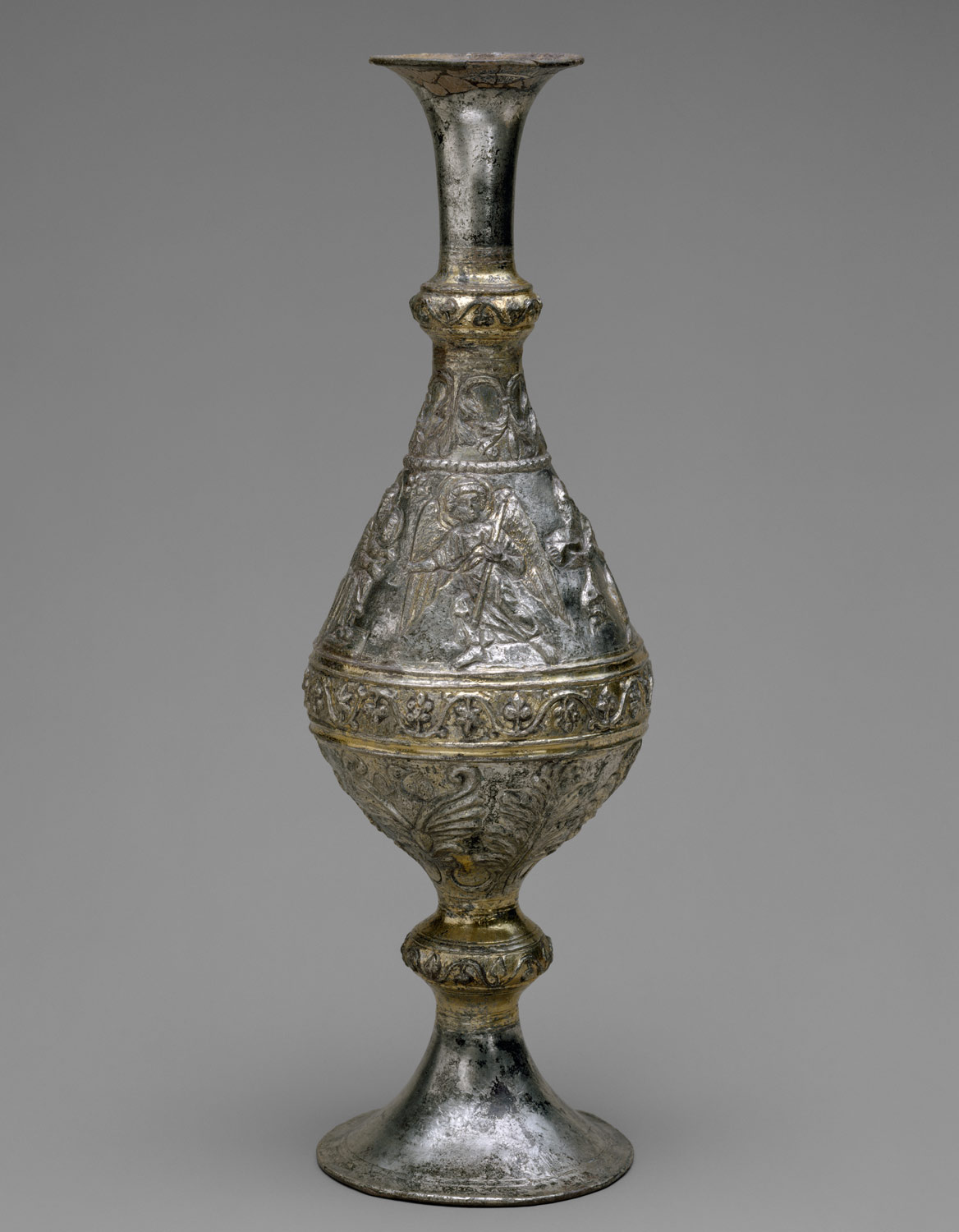Octavius, later awarded the title of Augustus, establishes the Roman empire after defeating Marc Antony and Cleopatra in 31 B.C. The eastern Mediterranean is one of the richest regions of the empire and succeeding Roman emperors struggle to maintain order there. Opposition to Roman rule is particularly strong in Judaea. In 313 A.D., the emperor Constantine removes the proscriptions against Christianity and seventeen years later relocates the capital east to the city of Byzantium (Constantinople). In 391 A.D., Theodosius declares Christianity the sole official religion of the empire, banning all others. Upon his death in 395 A.D., his realm is formally divided, the eastern half of which will come to be known as the Byzantine empire.
The Eastern Mediterranean and Syria, 1–500 A.D.
Timeline
1 A.D.
125 A.D.
125 A.D.
250 A.D.
250 A.D.
375 A.D.
375 A.D.
500 A.D.
Overview
Key Events
-
ca. 47–67 A.D.
Saint Paul establishes Christian communities on Cyprus and in Syria, Anatolia, and Greece. He is arrested in Jerusalem and deported to Rome, where tradition says he was executed.
-
66–73 A.D.
Hostility to the Roman occupation of Judaea leads to a revolt. In 70 A.D., the emperor Vespasian dispatches his son Titus to crush the rebellion. Jerusalem is besieged and captured, and the Temple is destroyed.
-
106 A.D.
The 400-year-old Nabataean kingdom, centered on the cities of Petra and Bosra, and strategically situated at the crossroads of several caravan routes linking China, India, and South Arabia with the Mediterranean world, is annexed to Rome. Trade in Arabian incense and Chinese silk is the basis of Petra’s wealth, reflected in its remarkable rock-cut tombs and temples. These combine elements derived from the architecture of Egypt, Mesopotamia, and the Hellenized West.
-
132–135 A.D.
A second period of armed resistance to Roman authority in Judaea is led by Simon bar Kokhba. Some Roman coins are restamped with images of the Temple destroyed in 70 A.D. After the revolt is crushed, the emperor Hadrian prohibits Jews from entering the city under pain of death. The province of Judaea is absorbed into Syria-Palaestina and Jerusalem is renamed Aelia Capitolina.
-
252–272 A.D.
The wealthy caravan city of Palmyra, an oasis in the middle of the Syrian Desert, is strategically positioned between the Roman empire and successive Parthian and Sasanian empires of Iran. Over several centuries of great prosperity, the Aramaean citizens of Palmyra adopt artistic styles, customs, and modes of dress from both the Iranian world to the east and the Greco-Roman west. In 252 A.D., the Roman-appointed Palmyran governor of Syria repels a Sasanian invasion and claims the title “King of Kings.” Following his assassination, his widow Zenobia briefly expands her control into Egypt and northern Syria until she is defeated by the Roman emperor Aurelian.
-
326 A.D.
Helena, empress and mother of Emperor Constantine I, embarks on a pilgrimage to the Holy Land, where she founds the Church of the Nativity in Bethlehem and the Church of the Ascension in Jerusalem. Tradition records that while in the Holy Land, Helena located the True Cross on which Christ was crucified as well as his empty tomb and the rock of Golgotha, revealed during the razing of the Capitoline Temple.
-
335 A.D.
Holy shrines are established under the patronage of Constantine and his mother Helen, spurring Christian pilgrimages to the Holy Land. The traditional site of Jesus’ burial is marked by the Church of the Holy Sepulcher in Jerusalem, sponsored by Constantine. It is built in the form of a basilica, typical of the period, an oblong building ending in a semicircular apse with two rows of columns supporting the roof.
-
381–384 A.D.
Egeria, a nun from western Europe, travels through the Holy Land on a pilgrimage, recording detailed observations of the sites on her extensive itinerary.
-
4th–5th century A.D.
Asceticism becomes popular throughout the Byzantine empire, with monastic life spreading from Egypt to Syria, Palestine, and Anatolia. One of the most famous hermits is the Syrian Simeon Stylites (ca. 388–459), who attempts to withdraw from the world by living atop a pillar for more than thirty years. He attracts thousands of pilgrims. Monasteries and pilgrimage sites are built, often by royal commission.
-
451 A.D.
Jerusalem is named a fifth patriarchate of the Christian Church, along with Rome, Constantinople, Alexandria, and Antioch. Its new status acknowledges its importance as the primary loca sancta of the Christian world and the heavy traffic of pilgrims traveling there.
Citation
“The Eastern Mediterranean, 1–500 A.D.” In Heilbrunn Timeline of Art History. New York: The Metropolitan Museum of Art, 2000–. http://www.metmuseum.org/toah/ht/?period=05®ion=wae (October 2000)
Related
Map

Primary Chronology
Secondary Chronology
Lists of Rulers
See also
Keywords
- Ancient Roman Art
- Arabian Peninsula
- Asia
- Byzantium
- Central and North Asia
- Cypriot Art
- Cyprus
- Early Imperial Roman Period
- Eastern Mediterranean
- Egypt
- Iran
- Israel
- Jerusalem
- Jordan
- Lebanon
- Mesopotamian Art
- Palestine
- Parthian Art
- Roman Period in Egypt
- Rome
- Syria
- Turkey
- West Asia
- 1st Century A.D.
- 2nd Century A.D.
- 3rd Century A.D.
- 4th Century A.D.
- 5th Century A.D.

